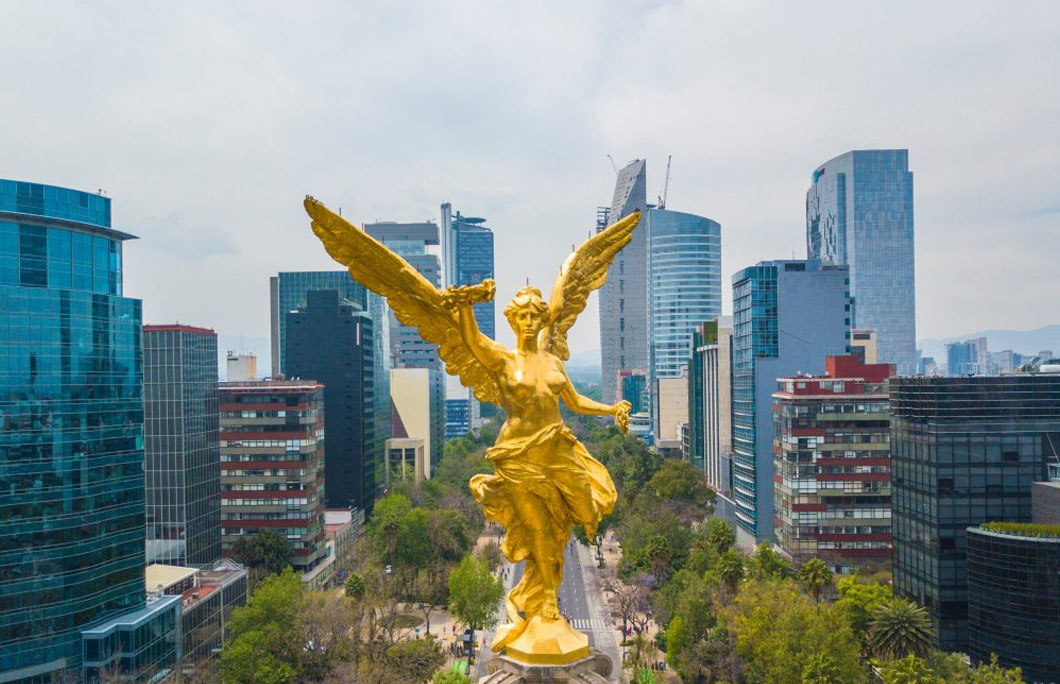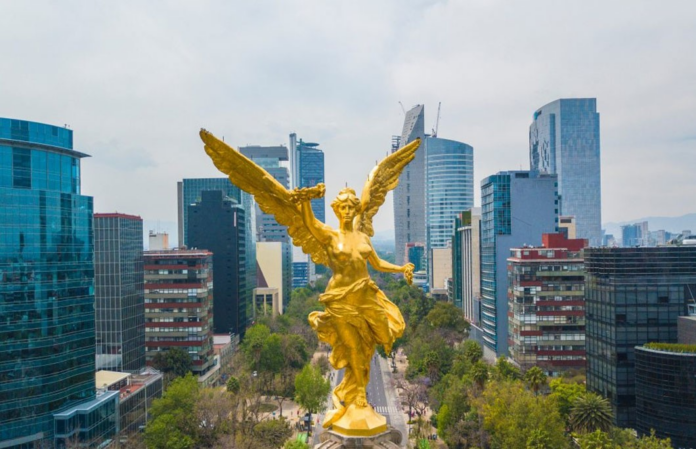
President Andrés Manuel López Obrador has proposed a package of constitutional reforms that contemplates transforming the composition of the judiciary, among other changes. This reform could be voted on as early as September by the incoming federal Congress, dominated by the ruling coalition led by MORENA.
Below, we summarize some aspects and probable impacts of the judicial reform, focusing on the proposal for popular election of judicial authorities.
Popular election of judicial authorities: democratization or political capture?
The judicial reform proposes the popular election of all judges and magistrates of the Judicial Branch of the Federation. Thus, it would change from a model based on professional examinations to a voting system. The ministers of the Supreme Court of Justice of the Nation (SCJN), currently appointed with the participation of the executive and the Senate, would also be elected by popular vote, as well as electoral magistrates.
In addition, the reform contemplates replicating the same model in the 32 states of Mexico. Such a system of popular election of judicial authorities at all levels has no parallel in the region.
In this new scheme, candidates for judicial posts would be nominated by the three branches of the State: executive, legislative and judicial. According to the current ruling of the reform, after a public call, each branch would form an Evaluation Committee composed of experts to select a short list of candidates; said list would be refined by means of drawing lots and the final names would be sent to the corresponding branch for approval.
Thus, if a political group dominated the executive and legislative branches (as is the current case of MORENA), said party would have a preponderant role in the formation of the Committees and/or the approval of the new candidates, which could result in a judicial branch more aligned with the party in power, perpetuating, in turn, the risk of political influence in future nominations. For this reason, the proposed model could facilitate the political capture of the judicial branch.
The reform would also establish a Judicial Disciplinary Tribunal, also elected by popular vote, with broad powers to supervise and sanction judicial personnel, and which would be in charge of evaluating the performance of judges and magistrates during their first year in office. The political group that wins over that body would have a strong tool to exert pressure on the rest of the judiciary.
Setback in the fight against impunity, deepening of penal populism
In recent years, López Obrador and members of his government have pointed to the judiciary as responsible for impunity. They have continually exposed judges for releasing people, implying that the releases are the product of corrupt or formalistic practices and promoting the idea that punishment should prevail over due process.
However, as we analyzed in our report Militarized Transformation, the overwhelming majority of cases of impunity in Mexico are not attributable to judicial authorities. This does not mean that there is no corruption in the judiciary or that it is not urgent to address it with effective mechanisms. But if we are to locate where impunity occurs in the crimes reported by the population, it occurs mainly at the investigation stage by the prosecutors. On the other hand, of the small percentage of crimes that do come before the judicial authority, judges usually ratify arrests in flagrante delicto; the imposition of preventive detention is the rule; and the convicted persons are convicted in the vast majority of cases.
In this context, judicial reform would lead to the continuation and deepening of practices of impunity and abuses against the population. If the government’s message is that a ‘good judge’ is one who does not release people, logically the election of those candidates perceived as less willing to order releases is encouraged, which could further weaken judicial control over the actions of the prosecutors and security forces. The result would be a criminal justice system with even greater scope for omissions in criminal investigations and illegal practices such as arbitrary detentions, disproportionately affecting the most vulnerable people.
Along the same lines, another of the proposed constitutional reforms is a new expansion of the catalogue of crimes of pretrial detention (PPO). In other words, the list of crimes in which the judicial authority does not even have the possibility of not imprisoning the person during their criminal proceedings would be expanded again, without the prosecutors having to justify the deprivation of liberty. PPO is in itself a violation of human rights and seriously disrupts the functioning of the penal system. Far from being expanded, the Inter-American Court of Human Rights has already determined that the Mexican State has the obligation to eliminate this practice.
Conclusion
The problem with judicial reform does not lie in the fact that the popular election of judges grants ‘too much’ power to the population. The problem, on the contrary, is that the popular election of judicial authorities, filtered by political interests and the aforementioned flaws, would weaken the protection of human rights and security, leaving people exposed to impunity and abuse.
Mexico deserves an independent judiciary committed to human rights, as well as a justice system with a greater capacity to solve crimes and prosecute those who commit them, based on solid evidence. The reform currently proposed is far from advancing towards these objectives, which are essential to guarantee access to justice in Mexico.
Source: wola






